Seeds that every garden should have
When we embark on the adventure of growing our own garden, a crucial phase is selecting the plants we are going to plant.
Those plants, besides providing nutrients for our daily diet, will be a visual element that should improve the aesthetics of our place. Now, if you have ever felt overwhelmed because you can’t decide what to plant from such a wide variety of vegetable shapes and colors, in this article we will help you by suggesting three vegetables you should plant in your garden, as they are base ingredients used in Mexican cuisine. In addition, these are species that develop quickly so they are normally used in school gardens to teach children about plant growth, food production, care of our environment; while stimulating their senses.
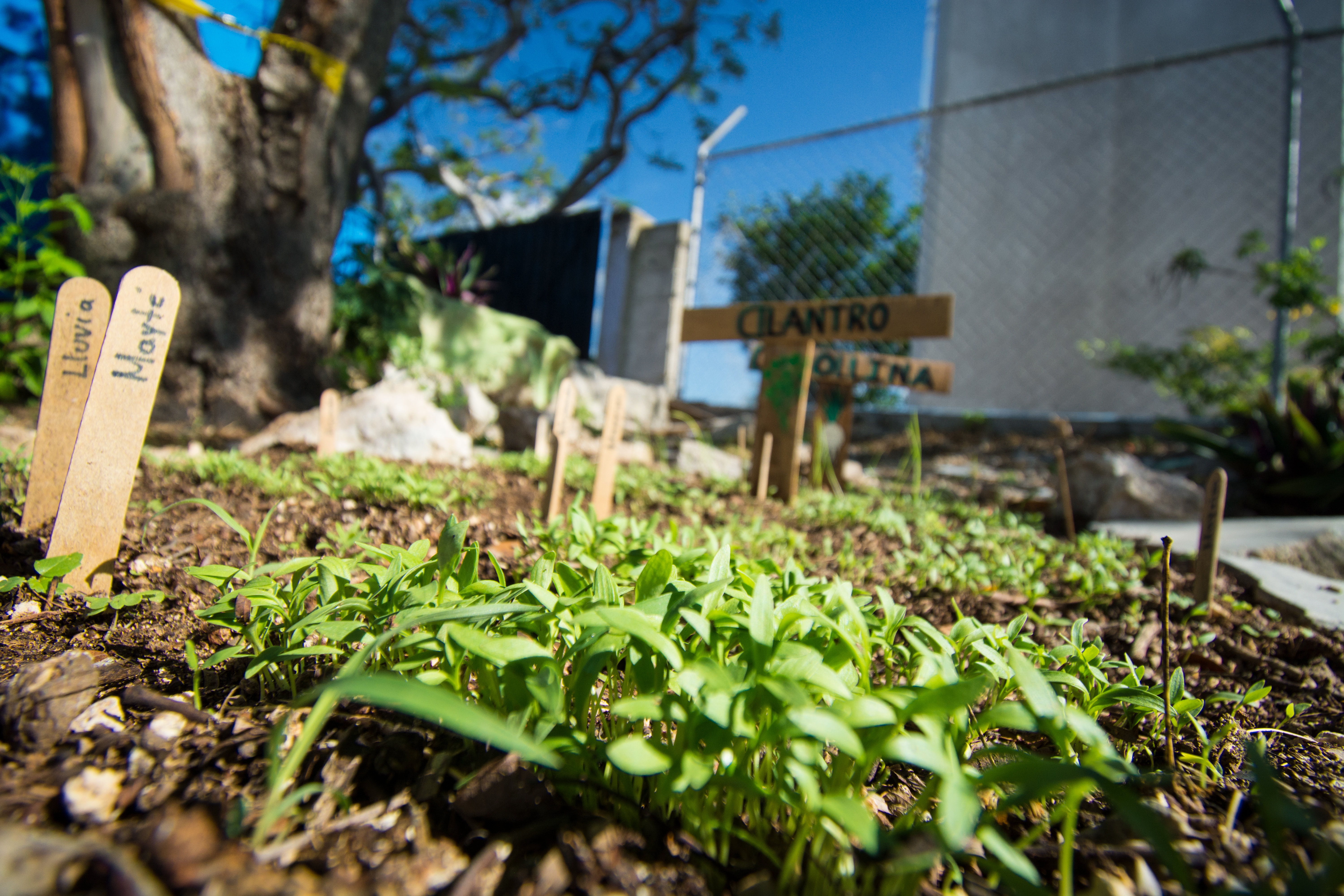
Orchard
Photography: Parque Áak
CILANTRO
Cilantro seeds are contained within a small and stretched globose fruit not bigger than 5 mm. Each fruit contains two yellowish or brown seeds.

Cilantro seeds
Photography: Parque Áak
RECOMENDATIONS
1. It is recommended to snap them before planting them to facilitate the germination process. It is also important to block the midday sunlight from getting to them, so it is very recommended that you plant your cilantro under a tree or a palm tree.

Making a furrow
Photography: Parque Áak
2. Since this is a small plant, to plant it you need to make a furrow on the ground that is at least 2 cm deep, on it, you will have to distribute the cilantro seeds in a homogeneous way.

Planting cilantro seeds
Photography: Parque Áak
3. Cilantro seeds should never go without water, so water them everyday. The seeds take about one week to germinate, and you will be able to harvest them in about 6 or 7 weeks.
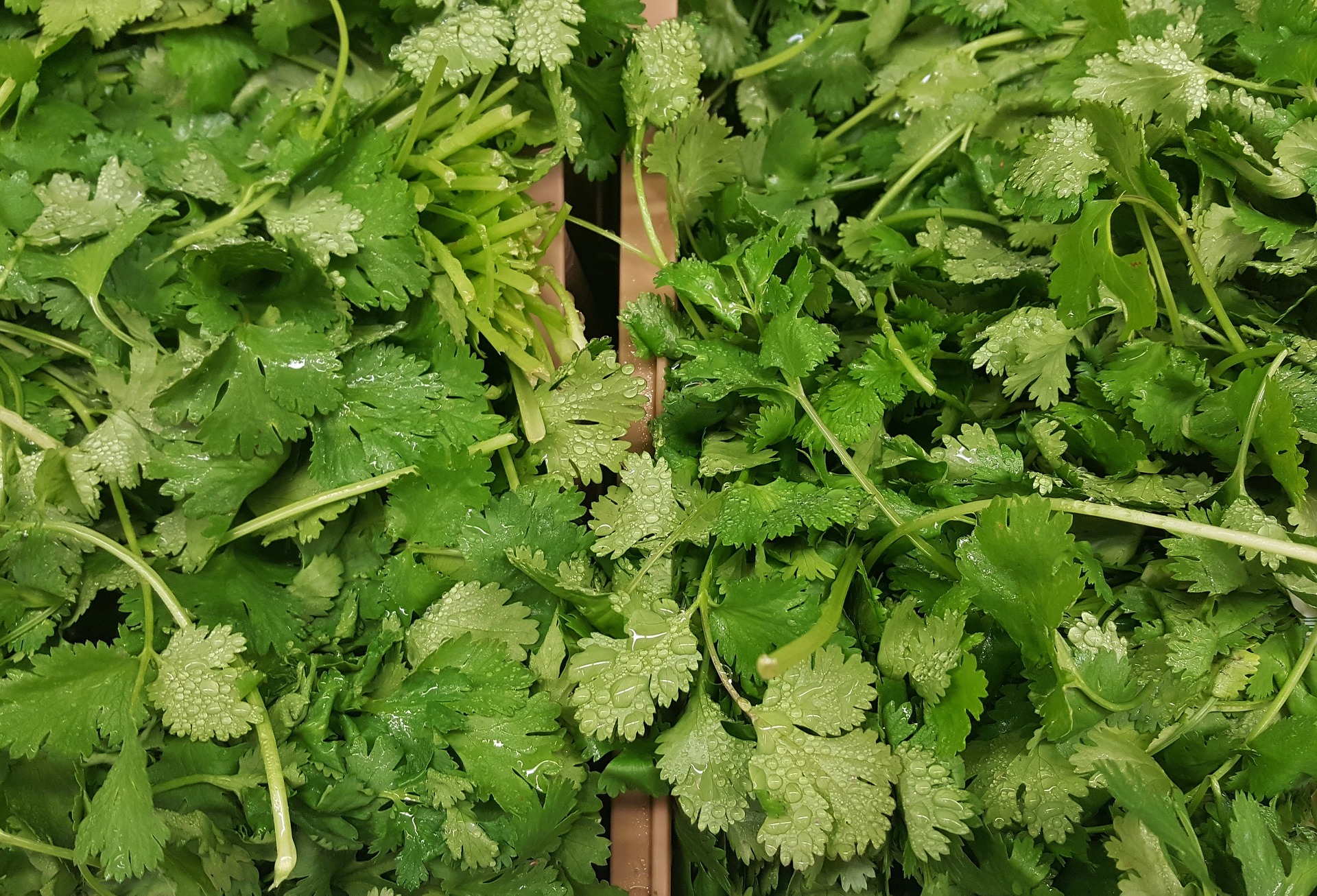
Cilantro
Photography: Pexels.com
RADISH
Radish seeds are oval-shaped, grayish or yellowish, and are rarely bigger than 5 mm. Radishes require a lot of sunlight, so it is important to plant them somewhere they can receive the light in abundance.

Radish seeds
Photography: Parque Áak
RECOMENDATIONS
1. Seeds are planted by making holes in the ground of the size of an index finger, with a minimum depth of 2.5 cm.

Making holes with the index finger
Photography: Parque Áak
2. Each hole must be separated from the other at a distance of at least two or three fingers (3.5 cm). Only one seed has to get plant in each hole, this is important so the roots of each seed don’t compete over space.

Distance between each hole
Photography: Parque Áak
3. It’s true that radishes always require the soil to be moist, but you need to be careful and not water them too much – if you do, their roots could swell and break, making them susceptible to fungi attacks. Takes about 3 days to germinate, and you will be able to harvest them in about a month. We don’t recommend waiting more than a month to harvest radishes because they harden and lose their flavor.
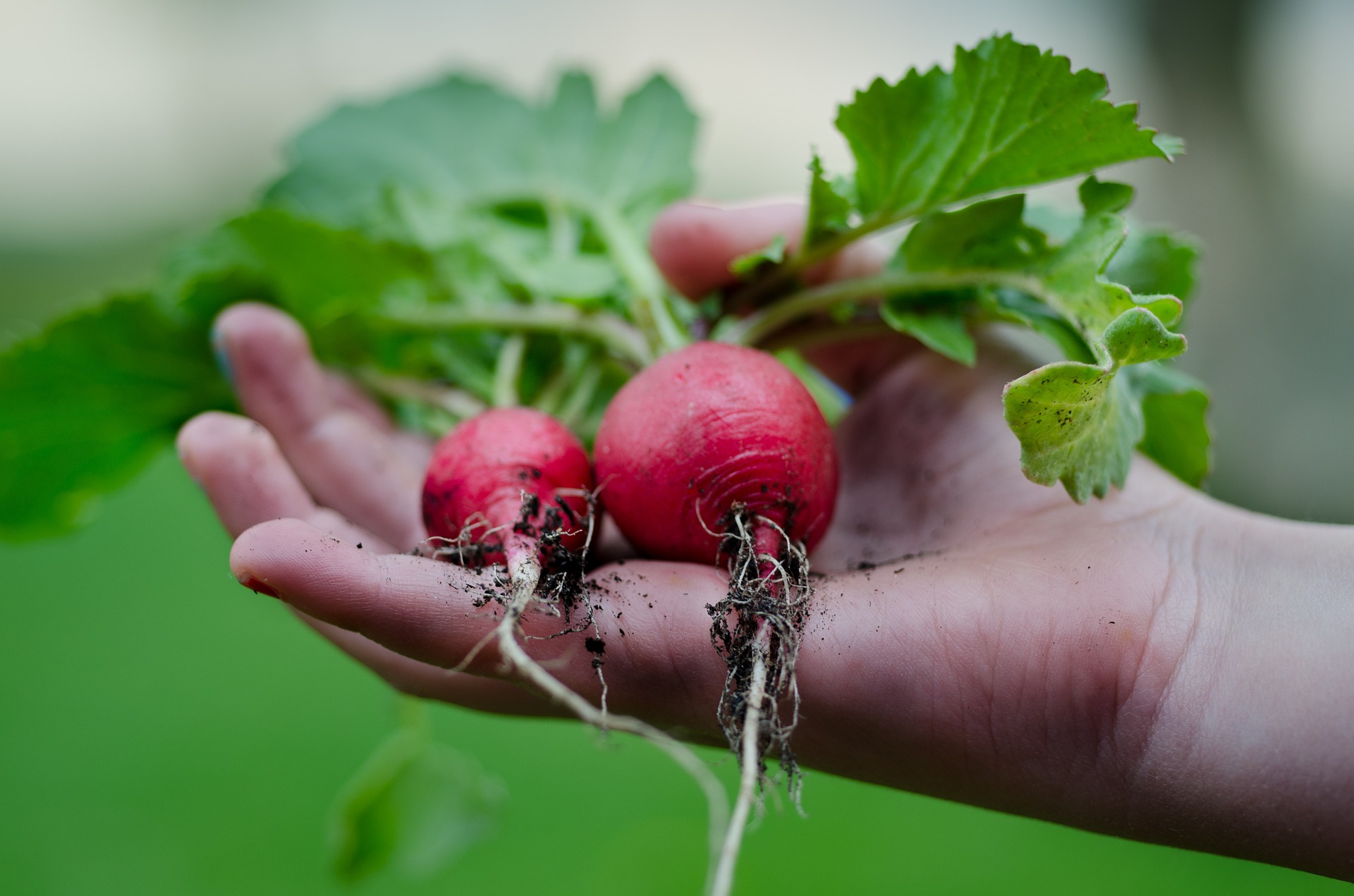
Radish
Photography: Pexels.com
LETTUCE
Lettuce seeds are 4 to 5 mm long, 1 to 2 mm wide, brown-colored, and have a tapered shape.

Lettuce seeds
Photography: Parque Áak
RECOMENDATIONS
1. The practical way of planting lettuce seeds is to make a furrow of at least 2 cm deep, and distribute on it the seeds in a homogeneous way. This process is similar to how you plant cilantro seeds, with the difference that you have to distribute less lettuce seeds.

Planting lettuce seeds
Photography: Parque Áak
2. Seeds require a lot of solar energy, and also need the soil to be constantly moist. The seeds will germinate in about seven days, and you will be able to harvest them in about 7 or 8 weeks. During that time you will be able to cut the older leaves to eat them, without taking the entire plant from the ground. In any case, to cover the furrows or holes in the ground that you make, all you need to do is add loose non-compressed soil over them.

Way to cover the furrow to allow aeration of the seeds
Photography: Parque Áak
3. If you want to get seeds from the plants you planted, let them grow until they blossom and produce fruits, that way you won’t have to buy seeds frequently.
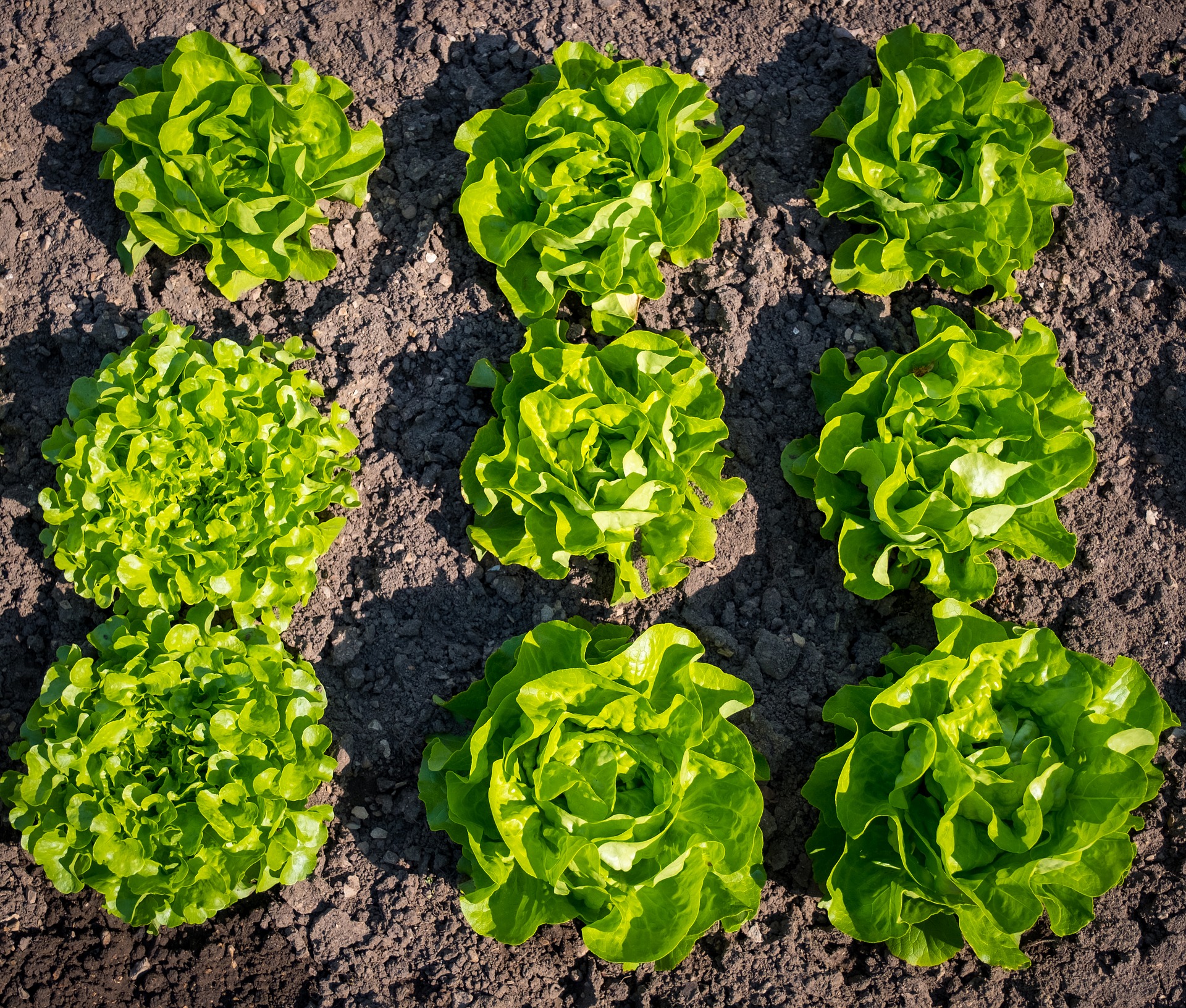
Lettuce
Photography: Pexels.com
Have in mind that observation and experimentation are indispensable for having a successful cultivation in your garden.
“The orchard is a space to promote in younger generations the values of respecting the enviroment and taking care of it.”
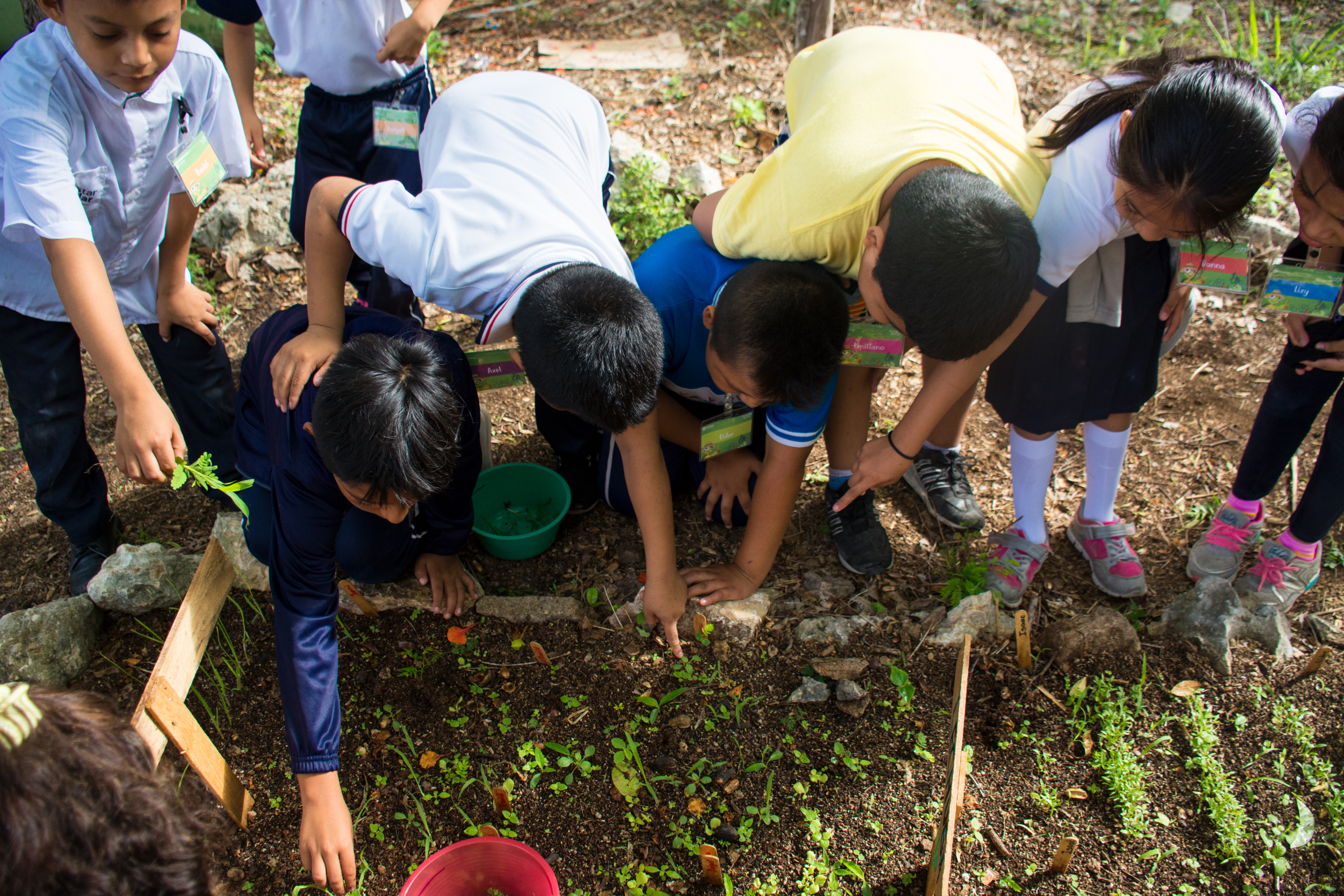
Children reaping
Photography: Parque Áak








